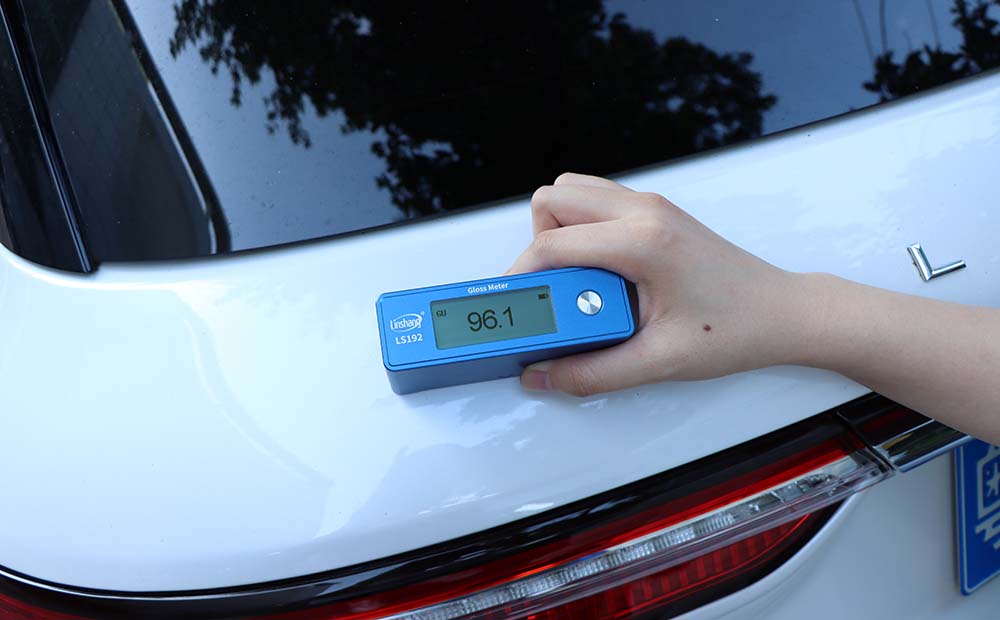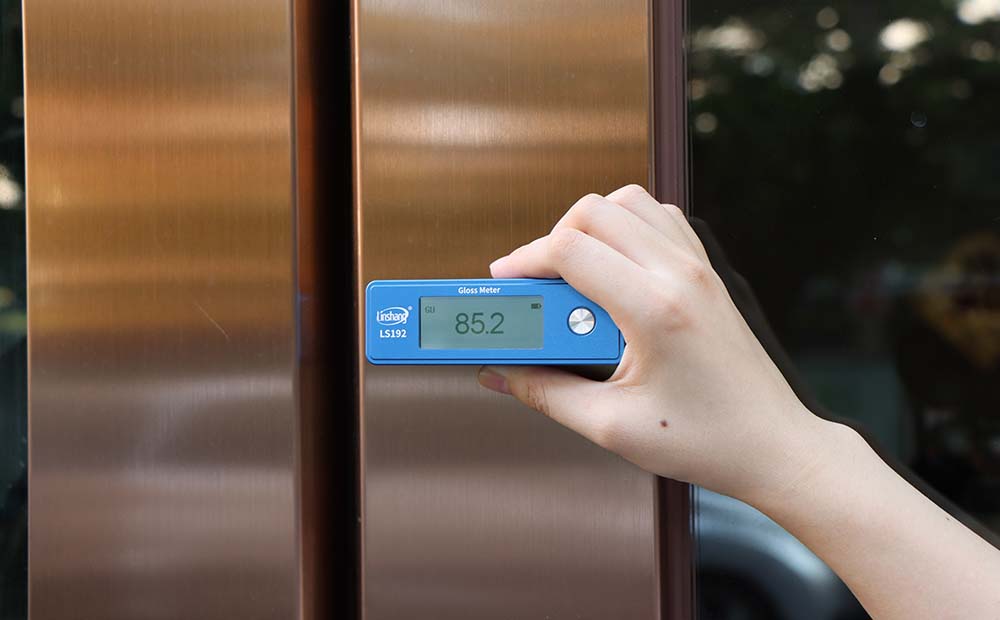What does the repeatability and reproducibility of a gloss meter mean?
Gloss meter is widely used in ink printing, paint, plastic, stone, metal and other industries, and it is an indispensable tool for product gloss control and detection. When used in the process of selecting or using a gloss meter, two parameters of repeatability and reproducibility are not well understood. The following two parameters are explained and demonstrated in detail about the repeatability and reproducibility of the gloss meter.

Repeatability of Gloss Meter
The repeatability of the gloss meter generally refers to the stability. For the stability, there is a corresponding definition in "JJG 696-2015 Verification Regulations for Specular Gloss Meter and Gloss Plate". It is defined as follows:
A. Gloss meter with continuous measurement method
After the boot is stable, adjust the zero position under the condition of no light (place a hood or light trap, etc.), then put a high-gloss standard plate, and set the display value of the gloss meter according to its gloss value. Record the indicated value and zero position alternately every 5 minutes, and the deviation between the indicated values measured within 30 minutes shall not exceed the requirements for stability and zero error in Table 1.
B. Gloss meter using transient measurement method
First measure the zero position under the condition of no light (place a hood or light trap, etc.); then measure the high-gloss board, each measurement interval is 10s, and a total of 6 measurements are taken. The deviation between indications shall not exceed the requirements of Table 1 for stability and zero value error.
To put it simply, it is to repeat the test many times in a short period of time to see the difference in the test results.
Gloss meter reproducibility
Although it is not defined in the measurement and inspection regulations for gloss meter, the reproducibility is defined in the national standard for electrical and electronic measurement and instrumentation (GB/T 2900.77--2008). It mainly refers to the consistency between the measurement results of the same material under different measurement conditions such as measurement principle, method, observer, equipment, reference standard, location, use conditions, and time.
Simply understood, reproducibility is the difference between the data measured on the same sample by different operators using the same instrument in different environments. That is to say, the conditions should be changed when performing reproducibility evaluation, such as changing the measurement personnel, measurement environment, re-sampling, etc.
LS192 gloss meter repeatability and reproducibility parameters are as follows:
Repeatability: ±0.2GU at 0-100GU, ±0.2% at 100-1000GU;
Reproducibility: 0-100GU is ±0.5GU, 100-1000GU is ±0.5%.
From the above video, we can see that the measured materials with different glossiness are all within the range of the instrument parameters.

The above is a detailed explanation of the repeatability and reproducibility of the gloss meter. In simple terms, repeatability is what we usually call stability, and reproducibility is what we usually call consistency.